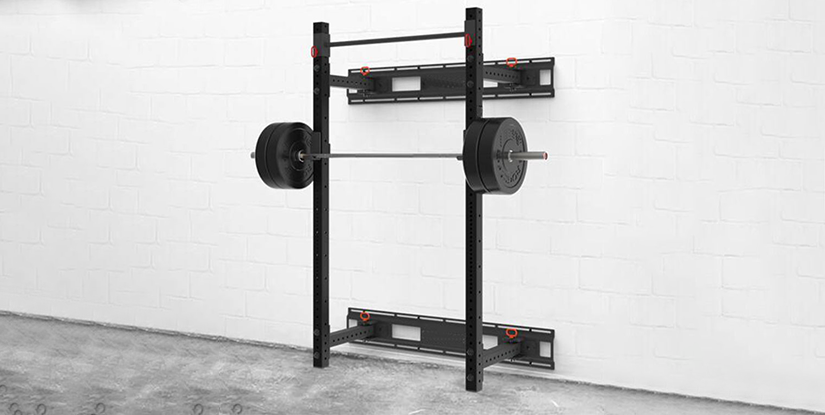Supinated Pull Down: Technique, Muscles & Progressions

Supinated Pull Down: Overview
The supinated pull down, also known as the reverse-grip lat pulldown, is a targeted upper-body exercise performed on a cable machine. With palms facing the body, this variation emphasizes the lower lat fibers and recruits the biceps to a greater extent than a pronated grip. When executed correctly, it builds width, thickness, and functional pulling strength while offering a controlled alternative to chin-ups for athletes and general fitness clients.
Muscles Targeted
- Primary: Latissimus dorsi (lower and mid fibers)
- Secondary: Biceps brachii, brachialis, teres major
- Stabilizers: Rhomboids, trapezius, posterior deltoids, core
Proper Technique
Set the knee pad to secure your hips and choose a manageable weight. Grasp the bar with a supinated (underhand) grip approximately shoulder-width apart. Sit tall with a neutral spine, retract the scapula slightly, and maintain a small hollow at the lumbar spine. Initiate the movement by pulling the elbows down and back, driving the elbows toward the ribs rather than pulling with the hands. Pause briefly at the bottom with the shoulder blades fully depressed and then control the return to start under tension.
Key Coaching Cues
- Chest up, eyes forward — avoid excessive neck extension.
- Lead with the elbows, not the hands.
- Keep the torso stable; limit momentum or backward lean.
- Control the eccentric phase for maximum time under tension.
Programming and Progressions
The supinated pull down fits well into hypertrophy, strength, and general conditioning programs. For hypertrophy, use moderate loads for 8–12 reps and 3–4 sets, emphasizing a 2–3 second eccentric. For strength, reduce reps to 4–6 with heavier load and full control. Beginners should prioritize technique with lighter loads and higher reps to build neuromuscular coordination before progressing weight.
Variations and Alternatives
- Close-grip supinated pulldown — narrower hand placement increases biceps emphasis.
- Single-arm cable pulldown — addresses unilateral imbalances and improves scapular control.
- Chin-up (bodyweight) — a functional progression for advanced trainees.
- Neutral-grip lat pulldown — a compromise between comfort and lat activation.
Common Mistakes and How to Fix Them
- Using momentum: Reduce weight and focus on a controlled tempo.
- Shoulder shrugging: Cue scapular depression before each rep.
- Overgripping the bar: Use a firm but not crushing grip to avoid forearm fatigue limiting back contraction.
- Excessive torso lean: Keep a stable core; only a slight lean is acceptable to complete the range of motion.
Safety Considerations
Prioritize shoulder health by avoiding behind-the-neck pulldowns and excessive range that causes scapular anterior tilt. If you have pre-existing biceps or elbow issues, select a neutral grip or reduce load. Always warm up the shoulder girdle and thoracic spine mobility before loading vertical pulling patterns.
Sample Workouts
- Hypertrophy session: Supinated pull down 4x10 (2-0-2 tempo), superset with face pulls 3x12.
- Strength session: Supinated pull down 5x5 (controlled eccentric), followed by weighted chin-ups 3x5.
- Rehab/skill day: Single-arm cable pulldown 3x12 each side, focusing on scapular motion.
Tracking Progress
Monitor load, reps, and range of motion. Progress by increasing volume or weight while maintaining clean technique. Track perceived exertion and shoulder comfort — consistent improvements in lighter sets and better scapular control indicate readiness for heavier loading.
FAQs
- Q: Is the supinated pulldown better than pronated?
A: It emphasizes biceps and lower lats more; neither is universally better. - Q: How often should I perform it?
A: 1–3 times weekly depending on volume and recovery. - Q: Can beginners do it?
A: Yes—start light and prioritize technique. - Q: Should I use straps?
A: Not typically; avoid straps to train grip unless heavy loads compromise form. - Q: Best rep range for lats?
A: 8–12 for hypertrophy; 4–6 for strength adaptations. - Q: Any mobility needs?
A: Thoracic extension and scapular control are helpful. - Q: Can it replace chin-ups?
A: It’s a complement or alternative, especially for those not yet able to chin-up. - Q: Are elbow pains normal?
A: No—reduce weight and check elbow mechanics if pain occurs. - Q: How to add intensity?
A: Increase load, reduce tempo, or add drop sets for more volume.

